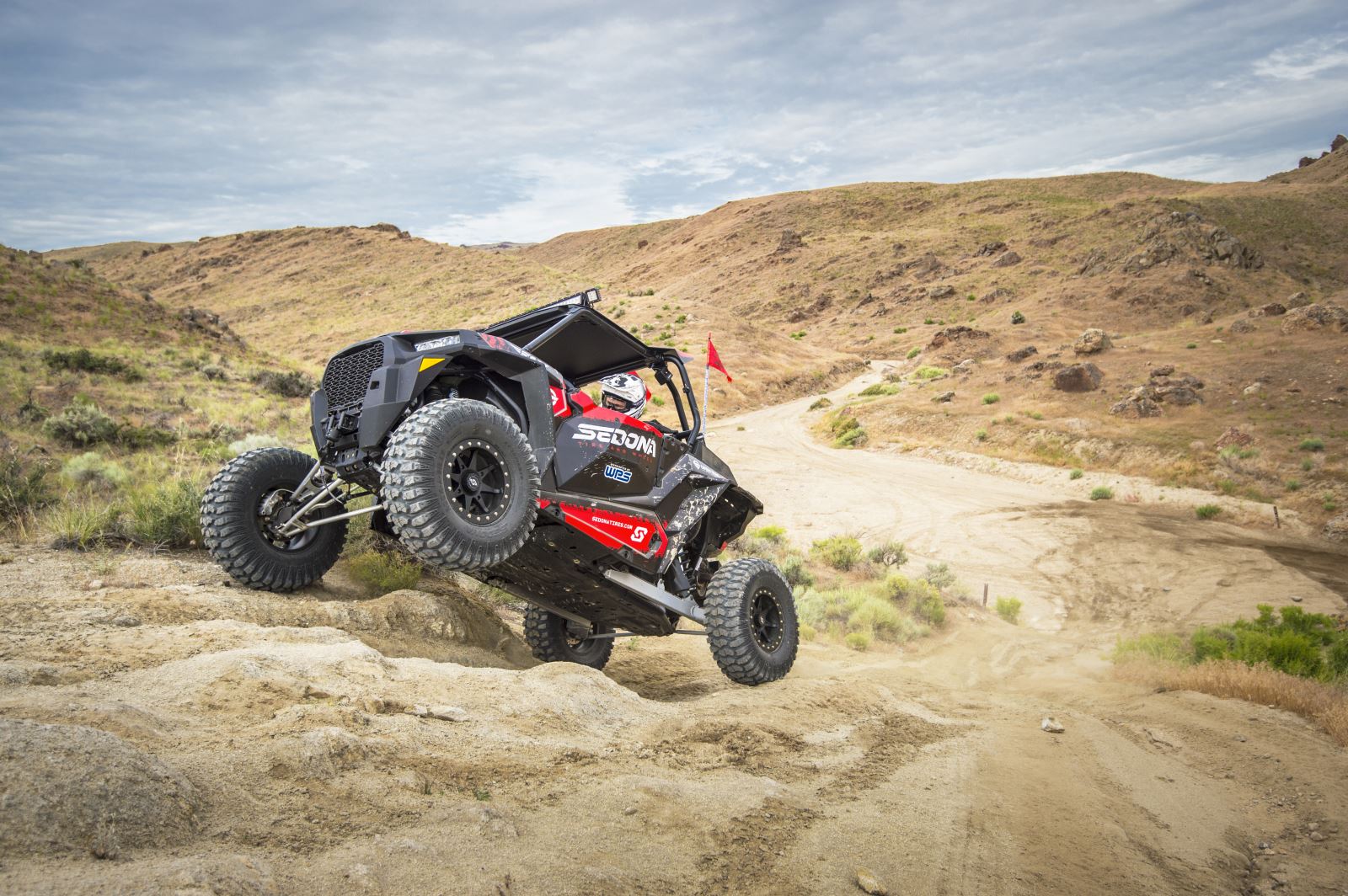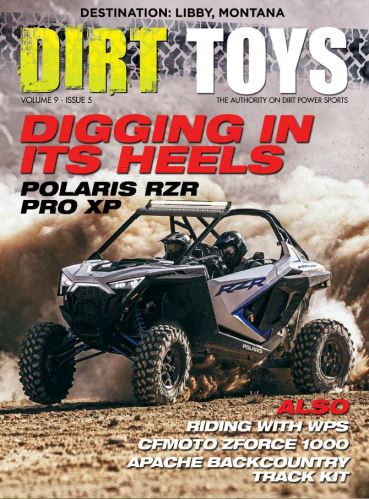ROCK CRAWLING

If you frequently ride in rocky areas such as Moab, UT, you probably already have your ideal tire PSI figured out. If you are just getting into rock crawling here’s what you need to know. Lowering the air pressure in your tires by a substantial amount will increase your tire’s footprint and help you gain as much traction as possible.
The lower air pressure allows your tire to flex and mold around the rocks, helping you put that low-end torque to use. It is not uncommon to hear of people running as little as 5-10 PSI in their tires in efforts to gain additional traction. This low pressure can be ok to use in situations like this where maxi-mum traction is needed.
Just be aware of the added risks of using extremely low air pressure in your tires. By doing so, you are reducing the overall strength of the tire. Sidewall punctures or “pinch flats” can become a real issue. A pinch flat is when the sidewall of the tire flexes so much that it allows the wheel to “pinch” the tire between the wheel and a rock, causing damage to the tire. Operating your vehicle at low speeds and watching your line selection carefully are vital to keeping your tires healthy while rock crawling.
Finding a tire pressure that works for you and your riding style is not difficult. It will take some effort on your part to learn some basic information from your vehicle’s owner’s manual and from the recommended specifications listed on the sidewall of your tires. Plus, a little testing while out riding is helpful.
So go get yourself a good tire gauge, a portable air compressor and go ride.
(Lukoic is brand manager for Sedona Tire & Wheel. For more information, visit www.sedonatires.com.)

